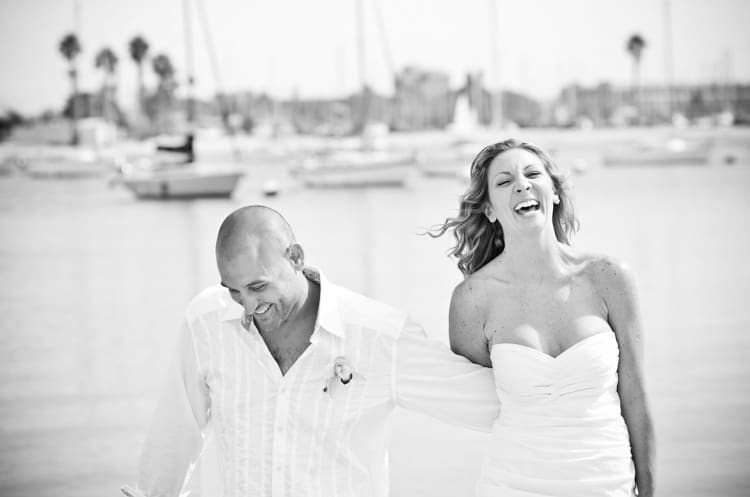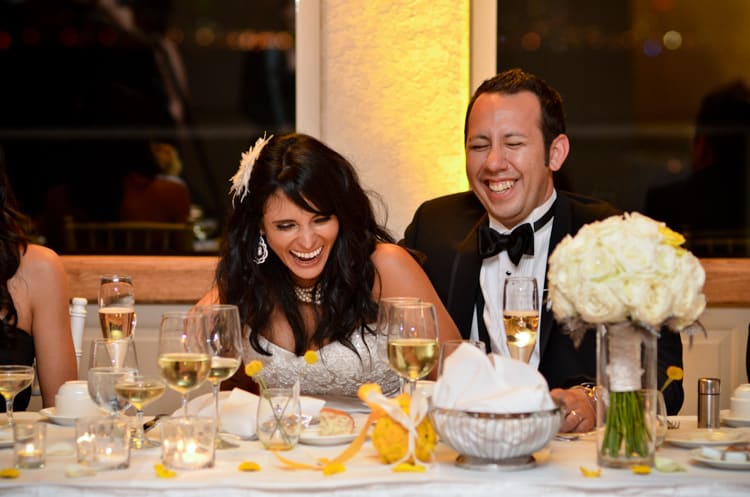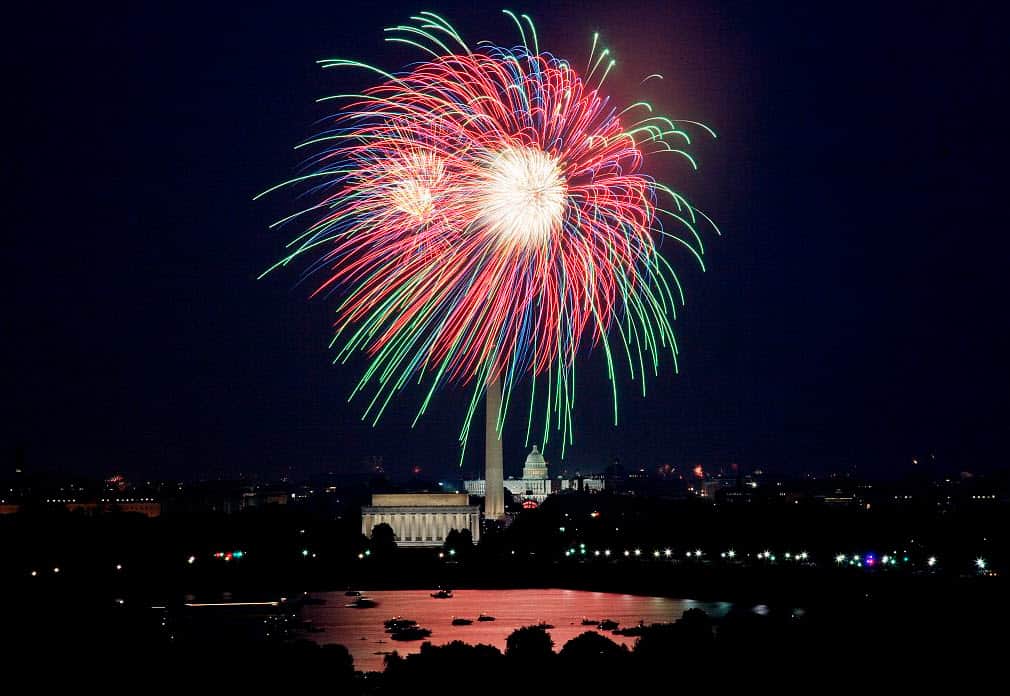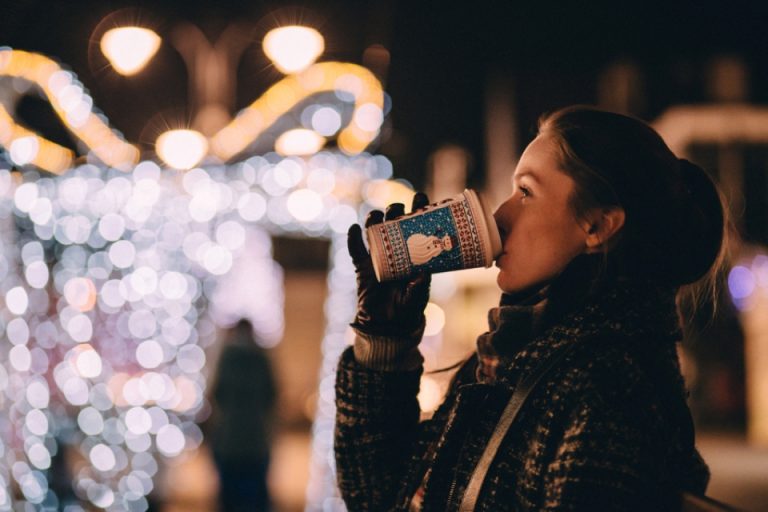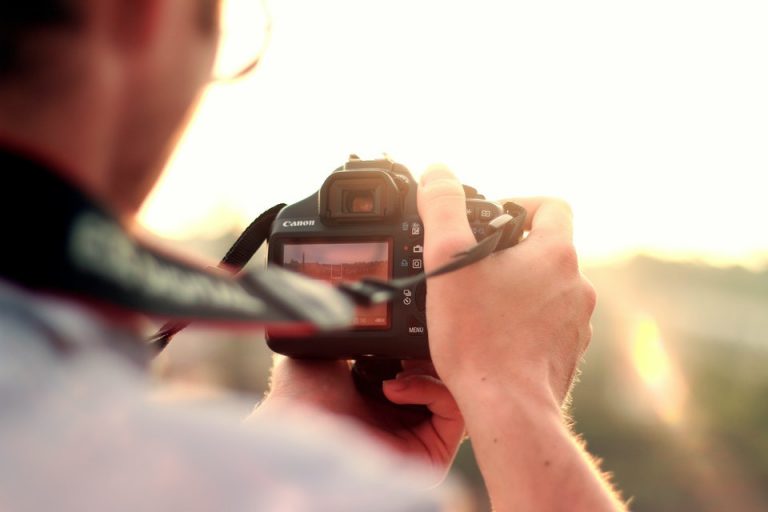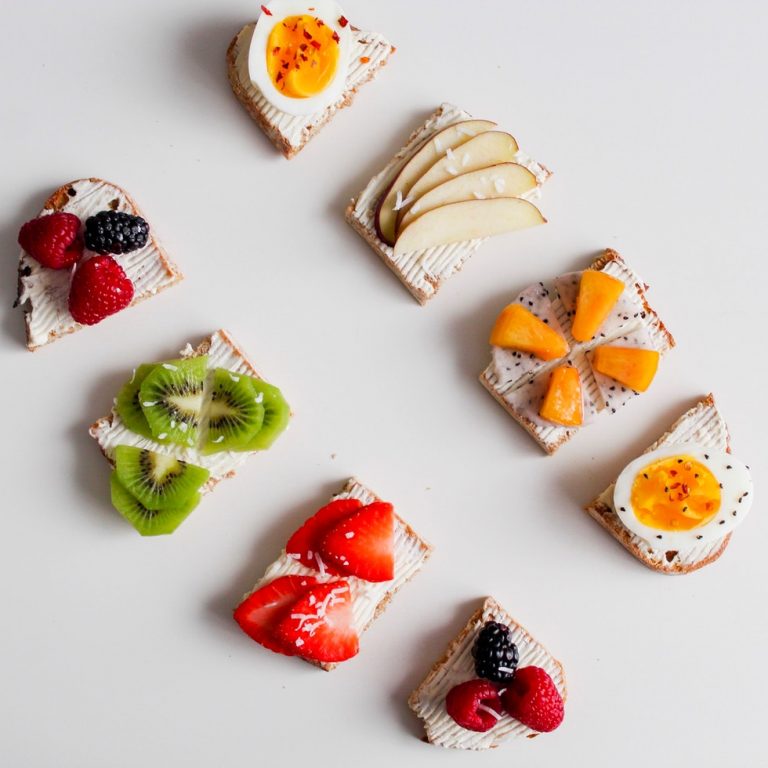When I first started out in photography, I taught myself camera modes by reading books and online tutorials. One thing I noticed was a large group of photographers all said to use manual camera mode all the time.
The idea behind using fully manual camera mode is most often that we are smarter than our digital cameras and therefore we must have full control over the exposure. The camera’s light meter can be “fooled” causing either over or underexposed images.
The question though really becomes: Are we really smarter all the time?
Before jumping into my insight and thoughts let me ask you all a question – what makes an amazing photograph?
Is it the emotion?
Is it the perfect exposure?
Composition?
Is it the split-second capture that is forever gone?
All of those things can work together as well as individually to create a truly stunning photograph. Isn’t that what we are all going after anyways?
Which camera modes work best for your photography primarily depends on your photo style and what type of photography you perform. As wedding photographers, we choose camera modes that let us be ready to capture an important moment, quickly. We use aperture priority mode so we aren’t fumbling with too many dials, thus risking missing the shot.
In aperture priority, the camera chooses the shutter speed and ISO based on the available light for the aperture the photographer selects.
We use aperture priority mode exclusively when working in natural light conditions. When using flash, however, we use manual mode. We need to control the balance between the lighting from our flash with the ambient lighting available. To see how we use flash check out this tutorial.
As wedding photographers who focus on candidly documenting the day, it is crucial to always be ready to snap a moment. Some of the most memorable and emotional moments can be missed if you are even a second too late.
Using our aperture priority mode and exposure compensation enables us to focus on what we want to focus on. We choose the aperture settings to create shallow-depth-of field, for example. And, because we work in conditions where light is changing constantly and quickly and we can focus on adjusting the exposure via the exposure compensation buttons with one click of a dial which with practice you will automatically begin to know when you will need to add or subtract exposure.
A real-life example
Scenario:
You are photographing the bride prep in a hotel room and she is getting her makeup touched up near a window bringing in bright natural light – you are photographing her shooting towards the window, and exposing for the bride, thus overexposing the window, directly behind you the bridesmaids are cracking up over a funny joke, you instantly turn around and snap the moment…
Possible outcomes:
- If you were in manual mode with no adjustments, the photo of bridesmaids would be completely overexposed.
- Shooting in manual mode and having to double-check settings, the moment/shot could be over by time you’re ready.
- If in aperture mode, and recognize that going from back lit to front lit scene, and adjust exposure compensation back down to +/- 0.0 and letting camera pick shutter you will get the shot and have good exposure.
This real-life example happened to us when the groom came to the door of the room where the bride was getting ready. The bride decided to have some fun with him by revealing her leg.
The expression he had on his face was priceless. I had been shooting into a room with plenty of natural light, so I was fairly neutral on my exposure compensation. But when the door opened suddenly I was shooting directly into a large bright light source.
The outcome:
I knew I had to move quickly and move the exposure compensation dial to overexpose and expose for the subjects in front of the bright light. Is this image technically perfect from an exposure standpoint? No. But the moment captured is priceless and everyone loved the image, especially the groom’s expression!
If you want to be able to capture moments and candids and shoot in a photo-journalistic approach, speed can be crucial. You have to capture the image and you can’t always rely on post-processing to fix an incorrectly exposed photo.
This moment between a peeking groom, bride and maid of honor looking on wouldn’t have been captured if I took to long with camera settings.
Shutter Priority Mode
Many sports photographers rely on shutter priority mode when shooting competitions and events. They know crisp, clean, action shots depend on faster shutter speed. So they control their shutter and focus on capturing the action and let the camera decide how to set ISO and aperture. This is different than sports mode, however, which chooses all the settings for you.
Program Mode
Did you know one of the most notable and prominent celebrity wedding photographers, Joe Buissink shoots in program mode, or “P” mode, almost exclusively? To Joe, capturing the “moment” is the priority as these are truly the images that will bring back the emotion to the bride and groom and enable them to relive their day.
Joe doesn’t just set the mode dial on P and call it a day. He makes adjustments when the scene calls for it. But Joe uses program mode and lets the camera do most of the legwork so he can focus his attention capturing key moments.
No One Size Fits All Approach
So it appears there isn’t and shouldn’t be any “one size fits all” type answer – there are some who only want to use manual, some who prefer aperture or shutter priority and even a big-time celebrity wedding photographer using program auto.
As photographers we are artists and it is our eye that leads us to each and every one of our captures, the camera in itself is just the tool and learning which camera mode to use and when will only make technical side of the job easier and let you focus on capturing those moments!
Which camera mode or modes do you use and why? I’d love to know so please feel free to share in the comments below.
